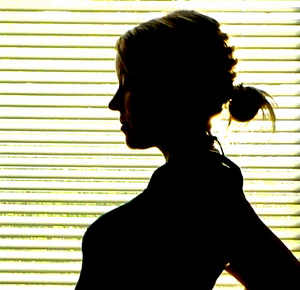I get asked a lot about press kits. People want to know how to present them, what’s in them, etc. I have been asked over and over again to write articles on the subject, so here you are: a brief crash course on press kits.
Your press kit is your calling card. It will introduce you and your band to the people you need to help move your career forward before they meet you or hear your music. Make it interesting, exciting and entertaining. Make it attractive. Make it something that will capture their attention and make them want to see, read and listen to what you’ve sent.
Your press kit should include reviews you have received for shows, information on current venues, and any reviews from your new CD when they are available. Include a head or group shot (black and white is the least expensive, but color really catches the eye), a bio (if you don’t have a bio, create one, or get someone to create one for you), a cover letter, a CD, and a business card.
Your cover letter, should be limited to one page and should be packed full of concise well formatted information. Try to limit your press kit to 7 or 8 pieces of information. You don’t want to overload them and you want to save some excitement for later! Keep them a little curious.
You’ll want to compile three types of press kits: one for major labels, one for distributors, and the other for Radio PD/MD’s. (In my book, “The Indie Guide To Music, Marketing and Money” ISBN 978-0-9746229-4-1, I go into much greater how to present the different press kits to each one.) The order you place the information in your folders is equally as important to the reader as the content is to you. They know what they’re looking for. Your enclosures should go in the following order starting on top:
Press Kit for Major Labels On the left side of the folder CD Business card (attached to the folder) Cover letter Head shot/Group Shot On the right side of the folder Bio Reviews (most current on top) Any press Lyric Sheets (very important to many A&R; personnel. If you already have them in your CD jacket don’t repeat them with another enclosure unless they specifically request separate lyric sheets. Save on postage.)
Press Kit for Radio PD/MD’s On the left side of the folder CD (possibly two, depending on the type of station – more on this in my book.) Business card (attached to the folder) Cover letter Head shot/Group Shot On the right side of the folder Bio Reviews (most current on top) Any press
A word of advice: Certain labels will not accept unsolicited material no matter what you do. Generally, you’ll need an entertainment lawyer or manager to submit to them on your behalf. Other times major labels have an established relationship with a verifiable industry contact that must represent you. Warner Brothers is one of those and Dreamworks is another. Before you send any press kit, you need to get permission first. If you don’t get permission, your product has a very low probability rate of ever getting to its destination and even less of a chance of getting read and listened to.
There are musicians who think that their music is the only thing that will speak for them. They believe that their music alone will open the doors to major labels. It won’t. That is just the plain truth. You must have a proven track record as well as a “certain” style and look. It is after all the first thing they see before they ever listen to your music. This is a money making business. The majors are in business. They may think you’re the nicest person in the world, but they still want to make money off of you and your contract. They aren’t really interested in taking a risk on what you think is the best music. Your CD and ticket sales will inspire them.
So make sure that you do your work! Get listed with Soundscan. Keep a record of all the airplay you receive (which stations are playing you), and sell, sell, sell before you submit to labels. Your statistics are equal to you being a low-risk prospect for a major label. You’ll have already proven yourself! And, more importantly, you’ll have a much better shot at opening the doors.
After you have sent your press kit, make sure to follow up with a phone call to make sure your press kit has arrived safely. Then wait three weeks before you begin follow-up calls. Don’t just send the package and expect them to call. Remember, they get hundreds of packages from musicians just like you every single week. Follow up and get noticed – but don’t become a pest or they will ignore you. It’s a fine line and you will know it when you speak with them. Once you get a response, whether you like the answer or not, politely thank them and send them a thank you card for their time. They will remember you and you may have perhaps gained an ally for the future!




